Article: The Craft of Whisky Making at Loch Lomond Distillery

The Craft of Whisky Making at Loch Lomond Distillery
On the banks of Scotland's largest lake, the Loch Lomond Distillery is a fascinating case study in the craft of whisky making. With a history that dates back to 1814, the distillery has long been synonymous with crafting unique and diverse styles of whisky. In this article, let's take a look at the whisky-making craftmanship that set Loch Lomond's whiskies apart.
Loch Lomond's Heritage
Loch Lomond Distillery has a rich and varied history. The distillery's origins date back to 1814, making it one of the historic distilleries in the region. However, the current incarnation of the distillery began its journey in 1966, marking a significant revival and transformation in the Scottish whisky industry. This period was characterised by a wave of innovation and modernisation in whisky production, and Loch Lomond was at the forefront. The distillery was established by the former owners of the Littlemill Distillery, bringing with them centuries of whisky-making knowledge and tradition. Over the years since, Loch Lomond has seen various changes in ownership and management, each adding its own twist to Loch Lomond's story.
The 1990s marked a significant era for Loch Lomond, as it underwent major refurbishments, further modernising its facilities and expanding its production capabilities. Despite these modern advancements, the distillery has remained true to the heritage of Scotch whisky production, balancing the old with the new and continuing to produce whiskies that are celebrated worldwide for their quality and complexity.
Today, Loch Lomond is one of the few distilleries in Scotland to produce both grain and malt whisky, showcasing an exceptional range of styles and flavours. This versatility is a result of its unique setup, featuring a combination of traditional pot stills and innovative column stills. This allows the distillery to experiment with a variety of distillation techniques, contributing to the distinctive character of its whiskies.
Whiskymaking at Loch Lomond
Loch Lomond produce an incredible array of whiskies. Key to this is the range of tools, techniques and stills they have available. While the exact set up will vary whisky by whisky, the broad process is based on the below.
Water Source
The purity of water used in whisky production is crucial, and Loch Lomond Distillery benefits from its own borehole. Drawing pure Highland water from this source is integral to the character of their whisky, imparting a subtle and distinctive flavour.
Malt and Mashing
Loch Lomond's barley, carefully selected for quality, is malted to precise specifications. The malt is then ground into grist and mixed with warm water in the mash tun. This process, known as mashing, extracts the sugars from the grist, creating a liquid called wort.
Fermentation
The wort is transferred to washbacks, traditionally made of wood, where yeast is added. The fermentation process, which can last up to 96 hours at Loch Lomond, is longer than many other distilleries. This extended fermentation period allows for the development of a complex array of flavours, ranging from fruity to nutty, which are signature characteristics of Loch Lomond whiskies.
Distillation
Loch Lomond Distillery is unique in its use of a variety of still types, including traditional pot stills and unique straight-neck pot stills. This variety allows them to produce a range of spirit styles, from light and floral to rich and peaty. The distillation process is carefully monitored to ensure the capture of the 'heart' of the spirit, discarding the 'heads' and 'tails' which are of lower quality.
Maturation
The spirit is then aged in oak casks, a process that significantly influences the flavour of the whisky. Loch Lomond employs a variety of cask types, including bourbon, sherry, and wine casks, each imparting distinct flavours and characteristics. The length of maturation varies, with some whiskies ageing for decades, further developing their complexity and depth.
Innovation and Experimentation
Loch Lomond Distillery is also known for its spirit of innovation. They experiment with different barley types, yeast strains, and maturation techniques, constantly seeking to refine and enhance their whisky offerings. This innovative mindset ensures a dynamic and exciting future for the distillery.
Loch Lomond Cooperage
At the heart of Loch Lomond Distillery's whisky-making process lies its revered cooperage. It was a real highlight of my tour. A cooperage is where the ancient art of barrel-making is practiced with a blend of tradition and skill. Many distilleries will, nowadays, outsource this to specialist cooperage firms; so an onsite cooperage is becoming increasingly rare, and special.
The cooperage at Loch Lomond is more than just a functional space; it's a testament to the distillery's commitment to craftsmanship and quality. Here, skilled coopers work with the oak casks that play a crucial role in the maturation of the distillery's whiskies. These artisans, with years of experience, use traditional tools and techniques passed down through generations. Each cask is carefully inspected, repaired, or re-charred as necessary.
The cooperage at Loch Lomond is not just about maintaining tradition, but also about embracing innovation. The distillery often experiments with different types of oak, cask sizes, and previous fills, to explore how these variables influence the whisky's character. The coopers are key to this process, bringing their deep understanding of wood and its interaction with whisky to bear.
Loch Lomond Distillery, the past, present and future of whisky-making
The Loch Lomond Distillery stands as a proud representative of Scottish whisky-making tradition, while also embracing innovation and experimentation. From the purity of its water source to the diversity of its stills and the variety of its casks, every aspect of their process contributes to creating whiskies of exceptional quality and character. As they continue to blend tradition with modernity, Loch Lomond Distillery not only preserves the legacy of Scottish whisky but also redefines it for future generations.



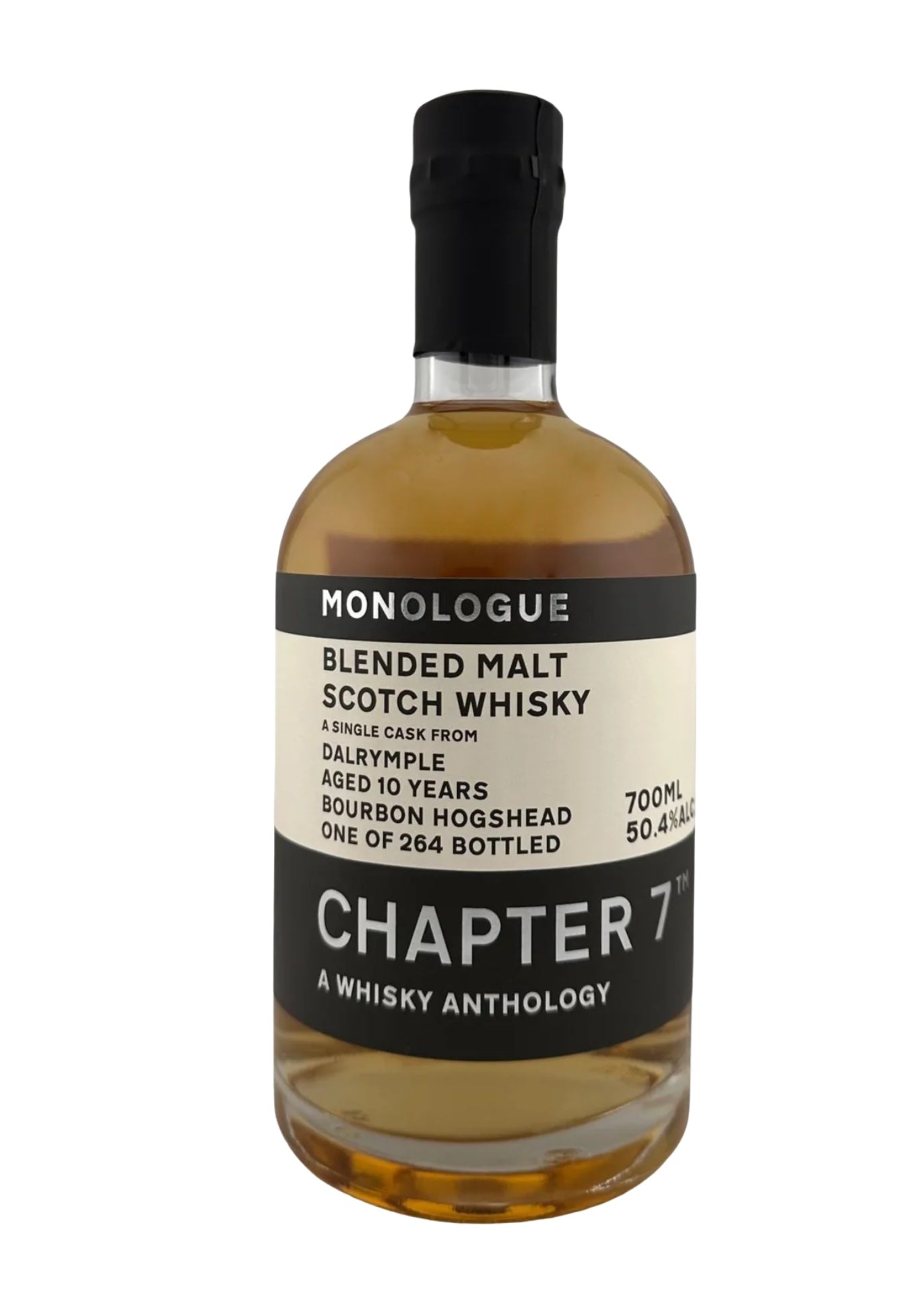







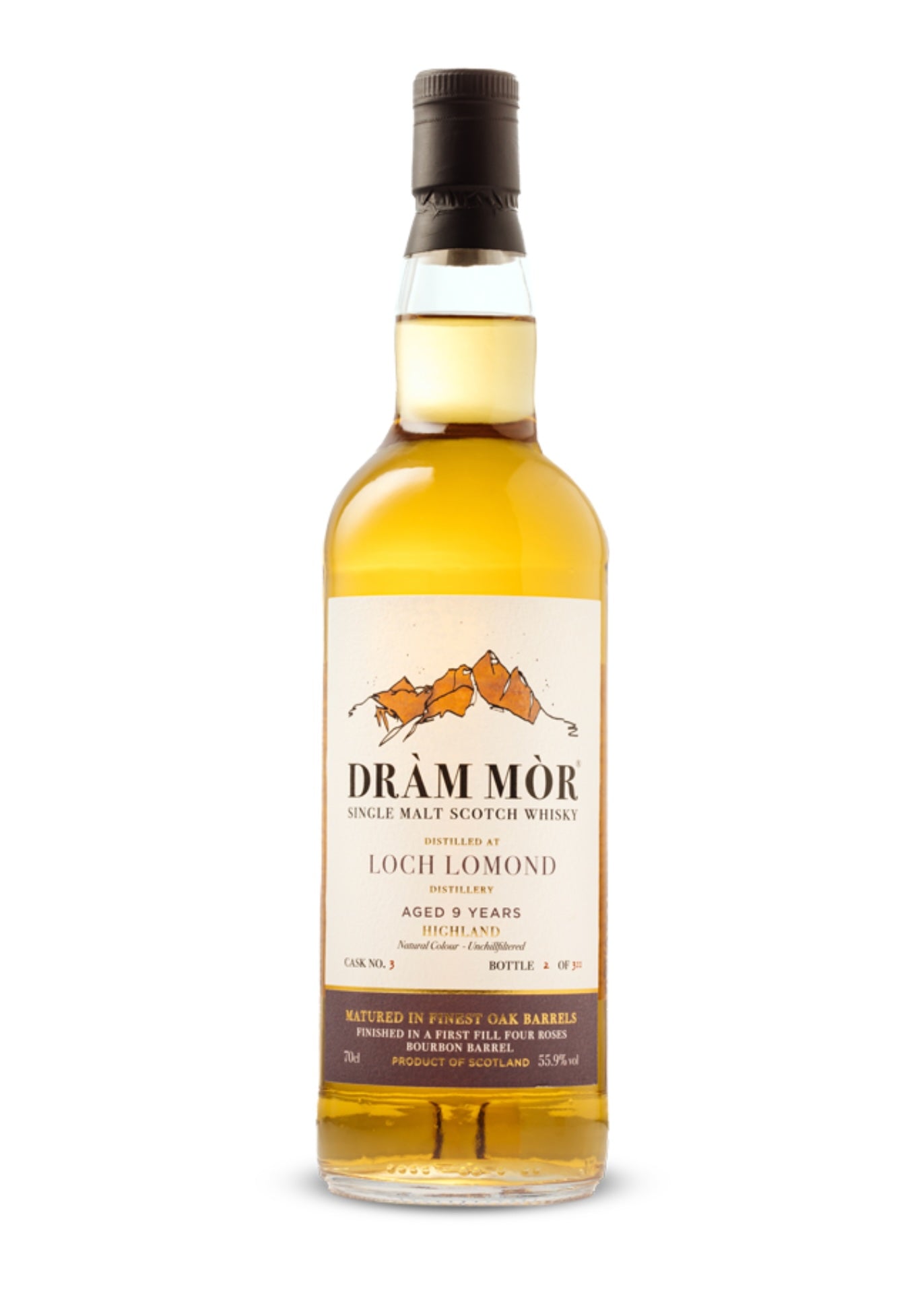





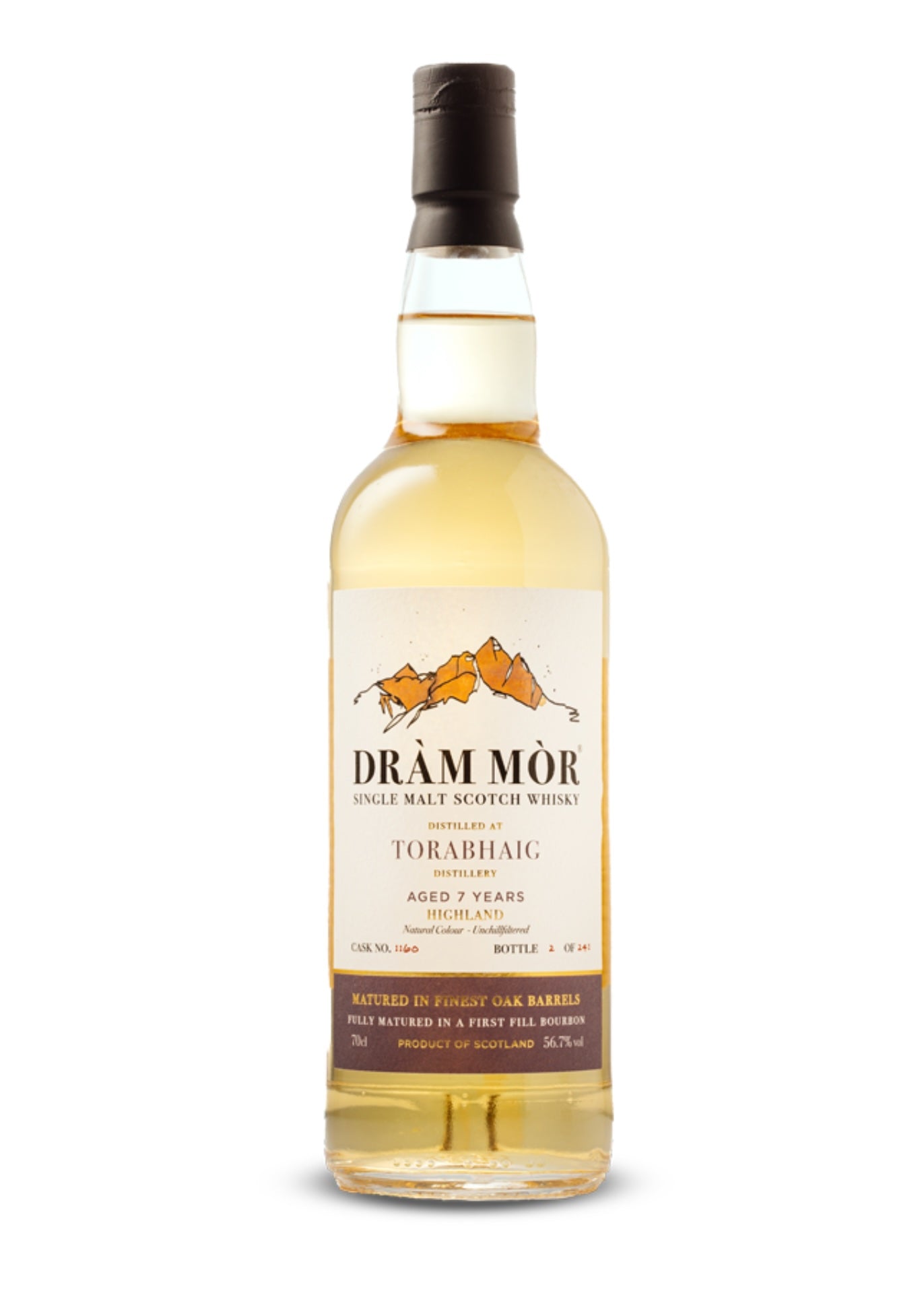

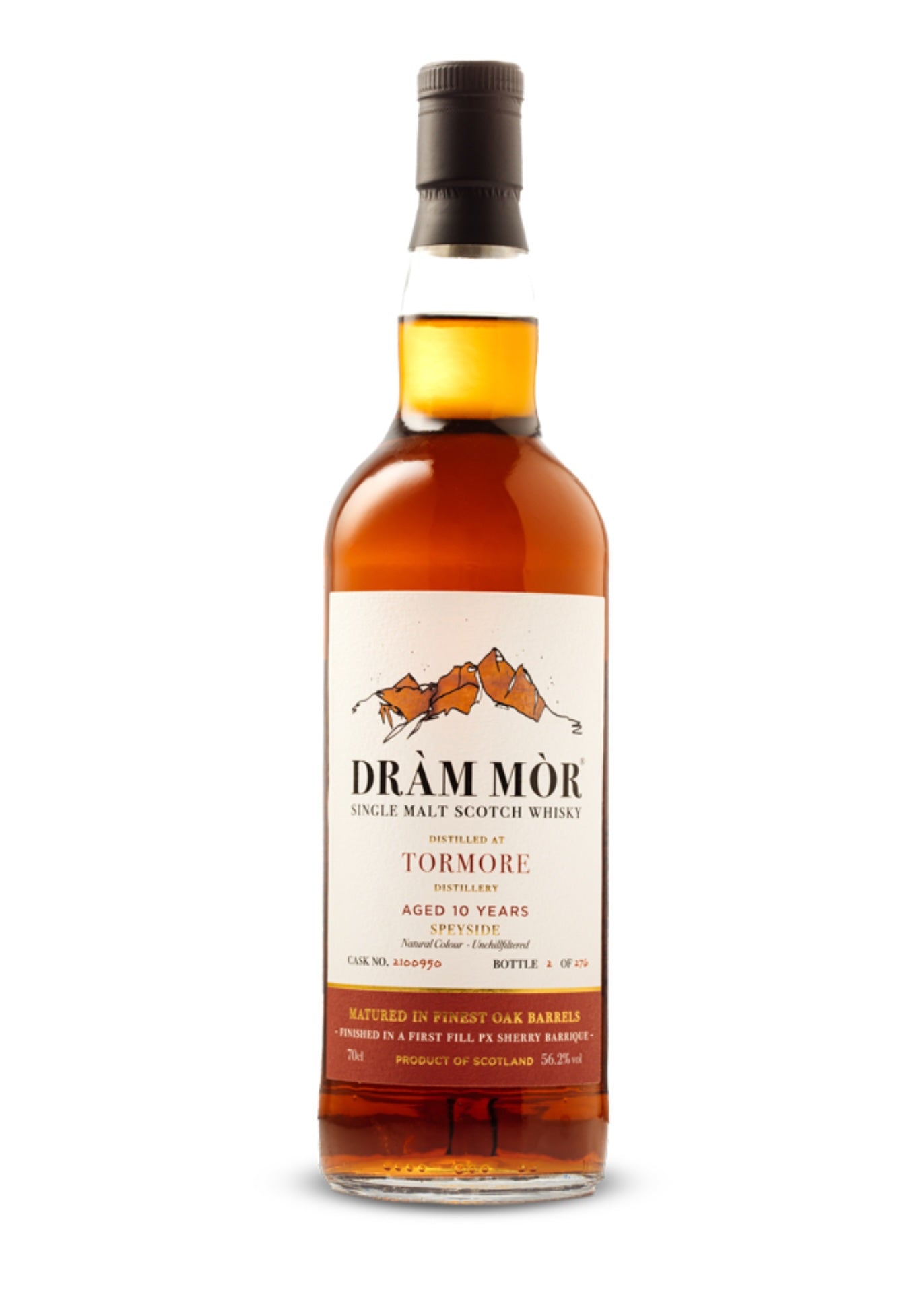
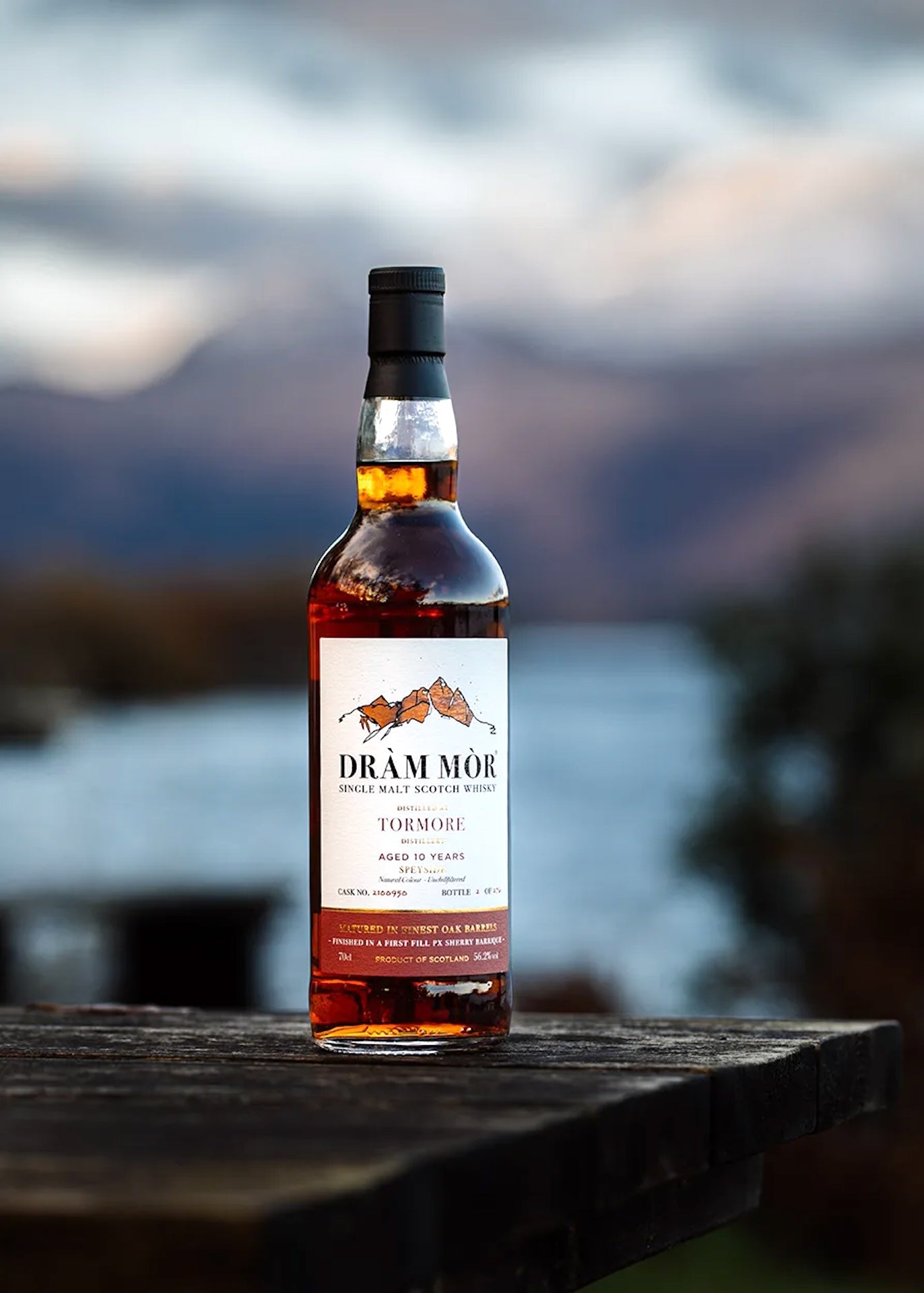


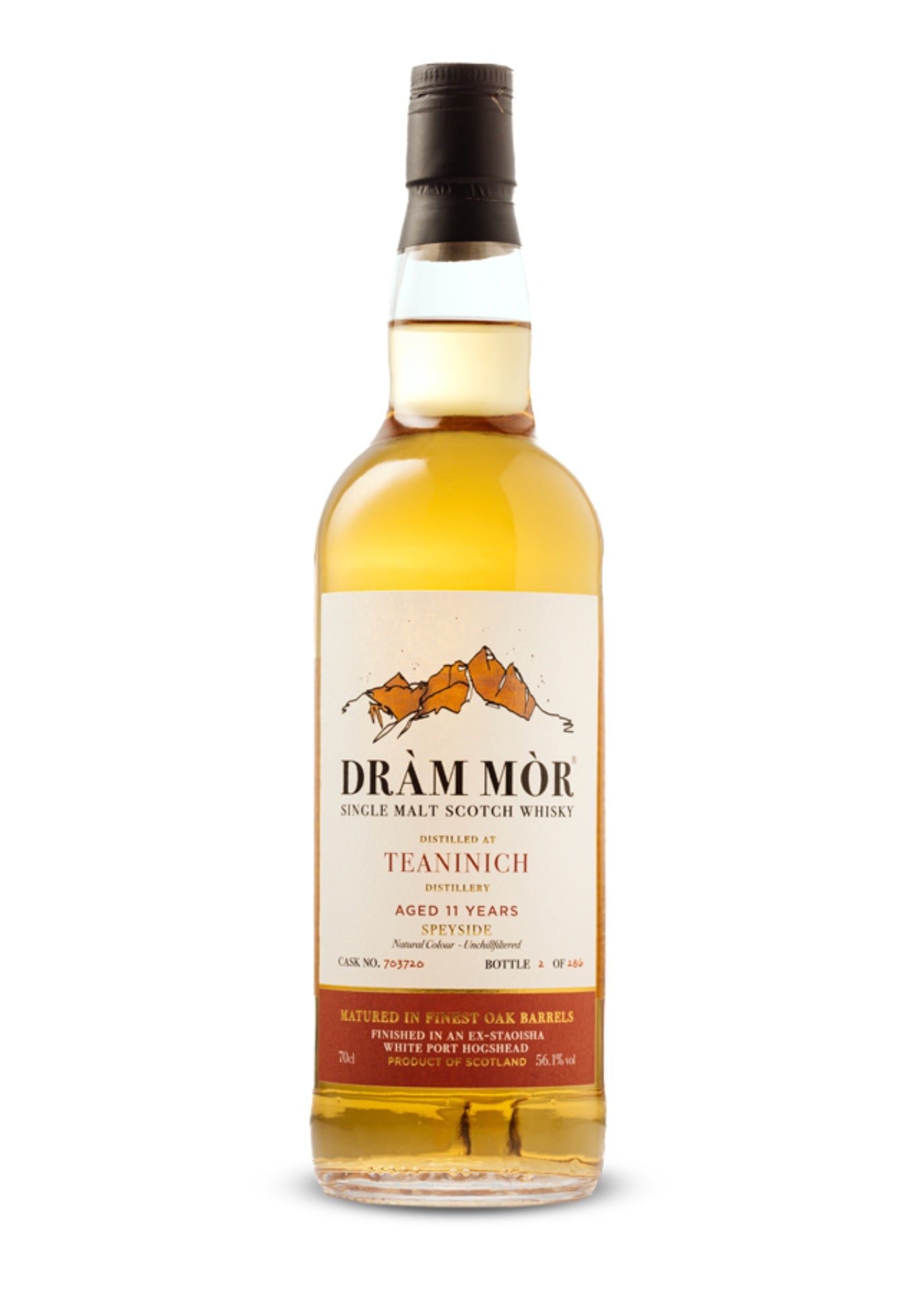





Leave a comment
This site is protected by hCaptcha and the hCaptcha Privacy Policy and Terms of Service apply.